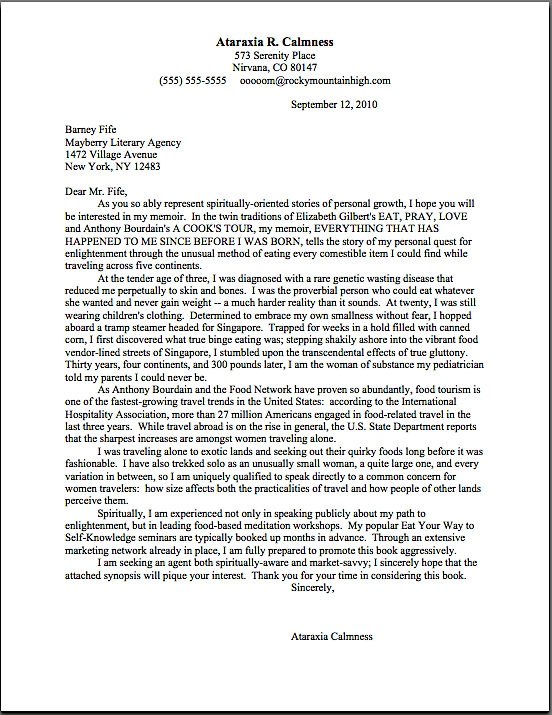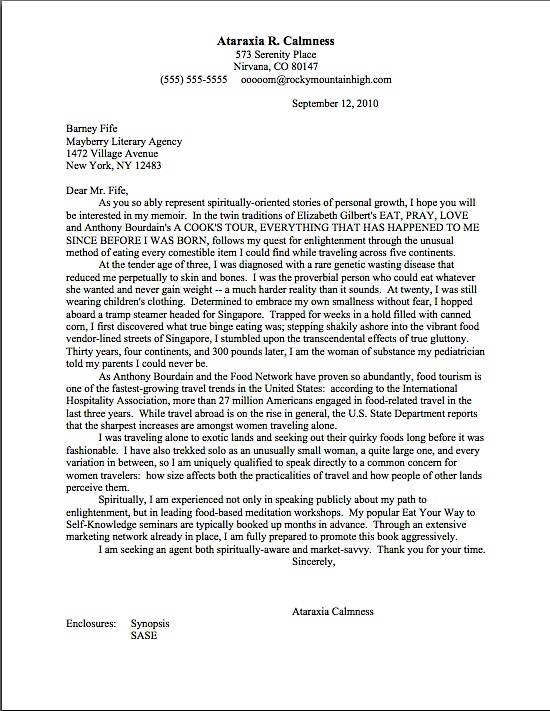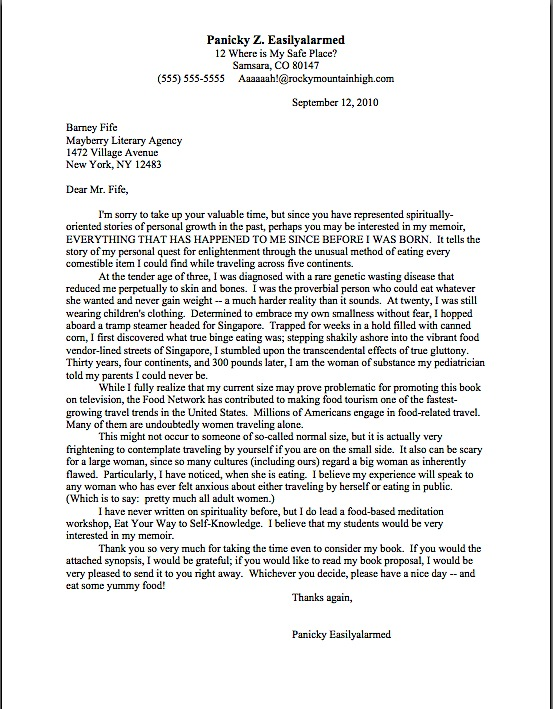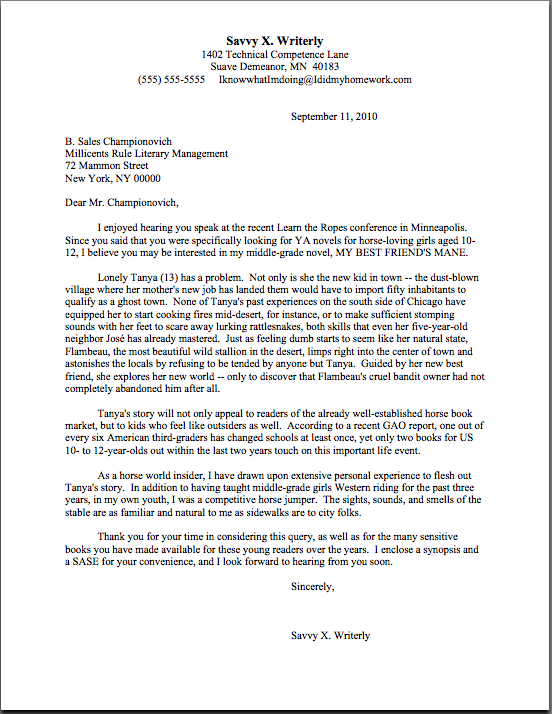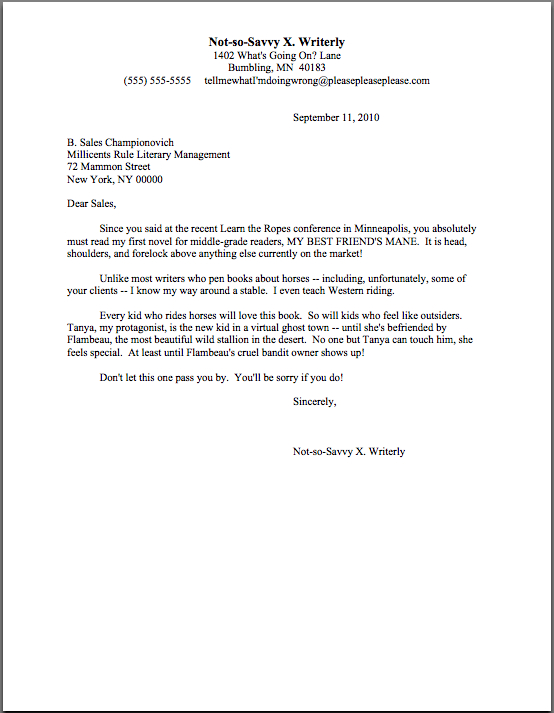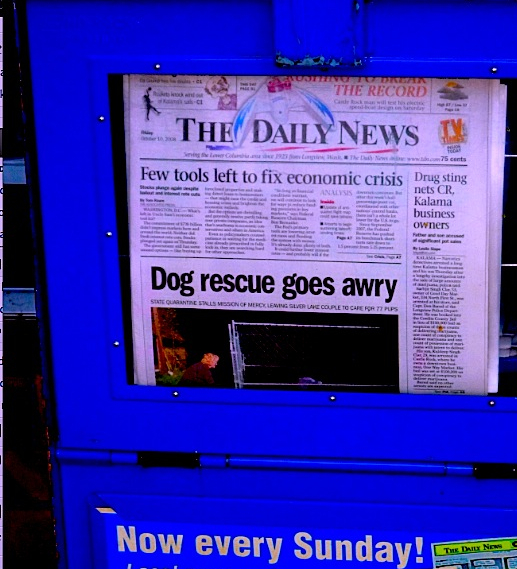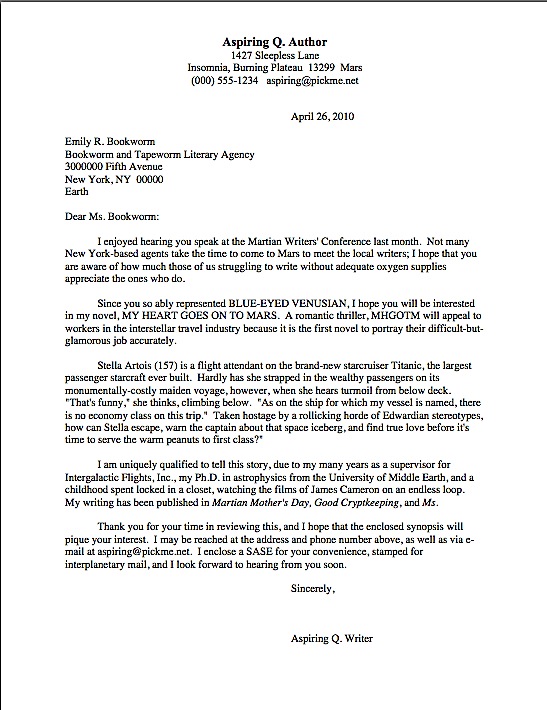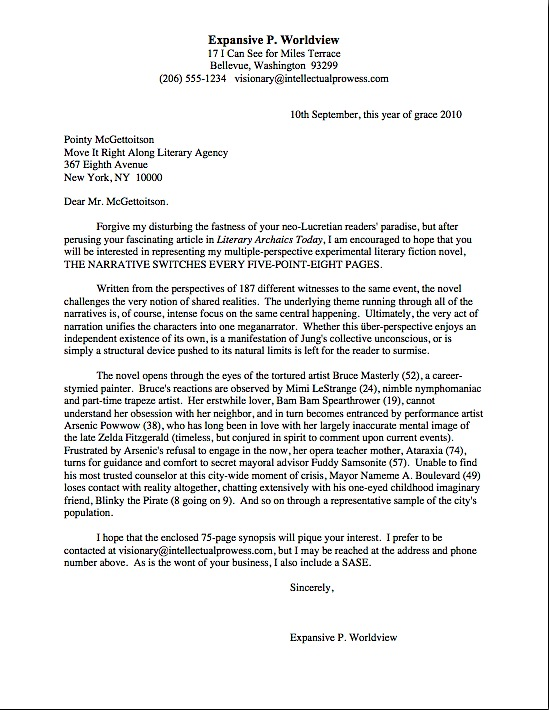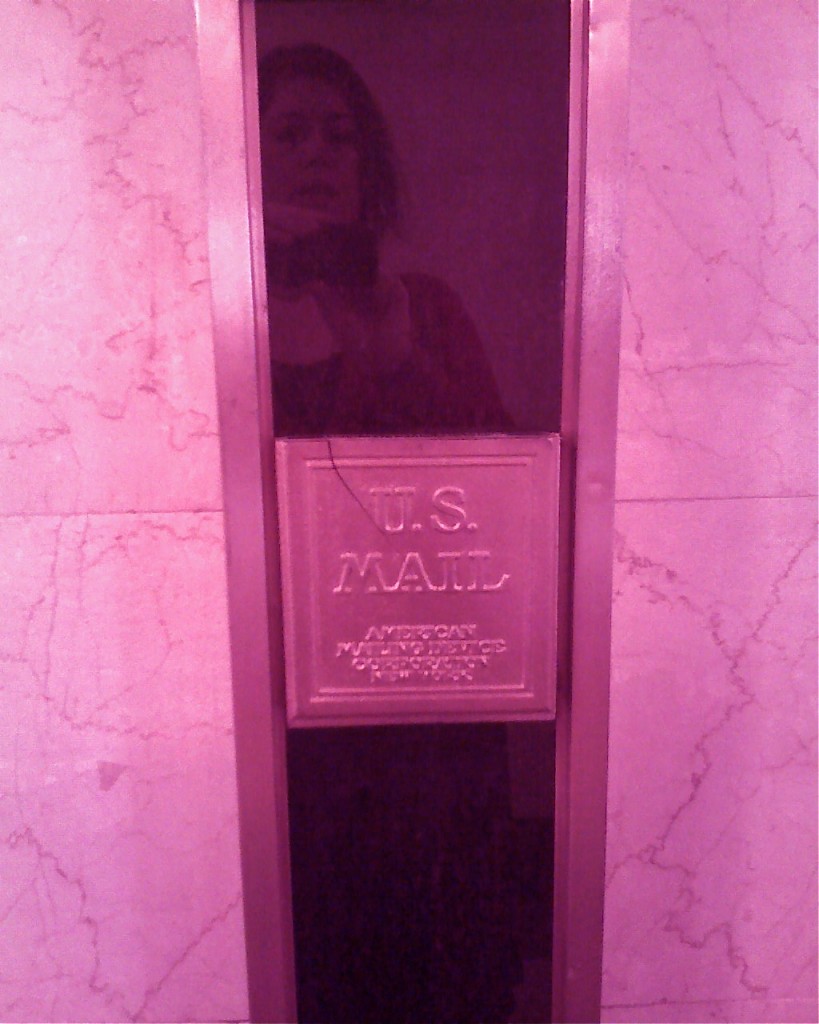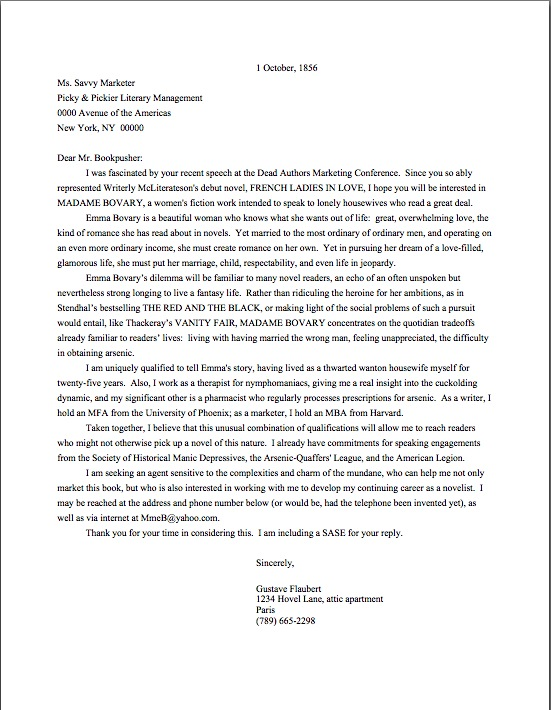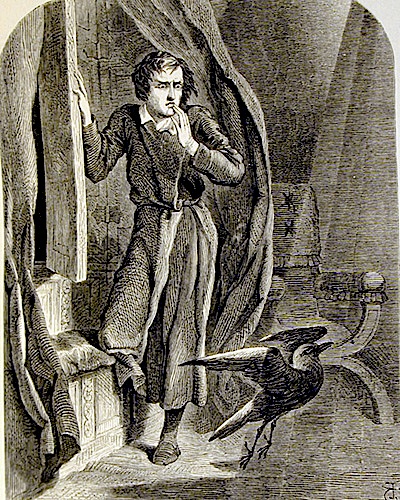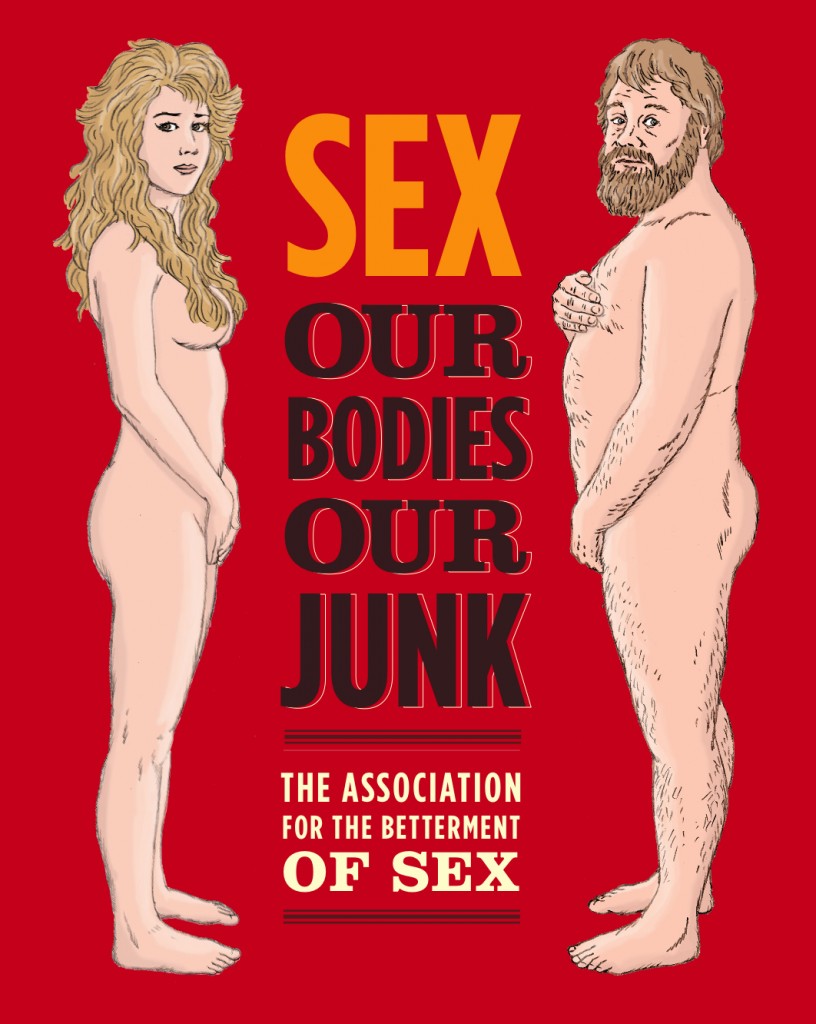I feel as though I’ve started a disproportionate number of my posts this year with sorry about the silence of X length, so I’ll spare you another repetition. Suffice it to say that while my spirit is very much with the Author! Author! community every day, the flesh is weak. At least in the wake of cars smashing into it.
As an editor, I can’t help but feel that if recovery was going to take this long, or be anywhere near this energy-sapping, some medical person should have at least dropped a hint of it in the first act, back in the summertime. This is one instance where a plot flare would have been really, really helpful to the protagonist. But no — until January, the major characters (and their major insurers) just kept stringing me along with false suspense.
And we all know how I, Millicent the agency screener, and professional readers everywhere feel about that. “Next!”
Actually, my energy is rather low today, too. However, I figured that getting back on the proverbial horse with an uncharacteristically short post right now was worth two longer posts at some dim, unspecified future point — because, let’s face it, it’s probably going to be as tempting tomorrow to say, “Oh, I’m just not up to it today,” isn’t it?
That’s not a bad rule for writing in general, by the way: it can add years to a writing project if the writer keeps saying, “Oh, I’m not really up to/don’t have time for/just don’t feel like writing today; I’ll wait until I’m feeling better/have an entire day/weekend/month free/am bashed over the head by an indignant muse.” There honestly is value in sitting down to write regularly, rather than only when inspiration happens to strike or the kids are off at fifth grade camp.
Why? Well, I don’t think I’d be giving away a trade secret if I pointed out that while inspiration is undoubtedly important to the writing process, there’s no getting around doing the actual work of putting words on a page.
Shall I assume that breeze ruffling the treetops outside my studio’s window is the collective huff of indignation from those who believe that writing is 99% inspiration, and only 1% conscious effort? Normally, I would pause to point out that one virtually never meets a professional writer who sits down at the keyboard only when s/he’s inspired: after one has been at it a while, and had the experience of incorporating feedback from agents and editors (or a really on-the-ball critique group), one learns that waiting for the muses to clamor isn’t a very efficient way to get a story on paper. Besides, if inspiration produces complex book ideas, it will take intense application to flesh them out. For every second of “Aha!” in the production of a good book, there are hours, days, weeks, or even years of solid, hard work to realize those aha moments beautifully on the page.
As my energies are a bit low, though, I shall resist. Instead, I’m going to devote today’s post to a whole raft of genuinely tiny writing gaffes that set professional readers’ teeth on edge.
“But Anne,” some of you point out, and rightly so, “isn’t that what you’ve been doing throughout this series? We’ve been talking for a couple of weeks now about Millicent’s pet peeves, manuscript ills that might not individually engender instant rejection, but that cumulatively might add up to it. Because, as you so like to point out, few submissions or contest entries are rejected for only one reason: like wolves, manuscript troubles tend to travel in packs.”
How nice that you remember my aphorisms so clearly, campers. We have indeed been discussing consistent Millicent-provokers — which, lest we forget tend to annoy Maury the editorial assistant and Mehitabel the contest judge with equal intensity. As the series have been moving along, though, I’ve noticed that we’ve been drifting toward larger narrative problems.
Today, I want to regale you with honest-to-goodness nit-picks. You know, the stuff that drives editors completely batty, but an ordinary reader might not notice at all.
Oh, you weren’t aware of how differently a professional reader scans a page than everybody else? It’s pretty radical. Take, for instance, the following passage. To a lay reader, as well as the overwhelming majority of aspiring writers, it would be fairly innocuous, but to a pro, it’s as irritating as all get-out. See if you can spot why.
Sheila stopped short, listening, her hand clutching the guardrail. Those footsteps must have been echoes of her own. Not altogether surprising, in a canyon. Smiling at herself, Sheila continued down the steep stone staircase.
There it was again, a syncopated beat not in time with either Sheila’s feet or her pounding heart. She sped up, but the rhythm remained the same: Sheila, Sheila, silence, footfall. By the time she reached the bottom of the gulley, her feet were a blur.
Okay, why might this annoy Millicent after her fourth cup of coffee? After all, it’s not badly written (if I do say so myself): the pacing is tight, the emotion convincing, and only a few of passages is in the passive voice. (I had mentioned that most professional readers are specifically trained to regard the passive voice as inherently weak prose style, right?) It even produces suspense by showing, rather than telling that Sheila is scared.
So why would Millicent’s angry teeth marks be clearly visible on the rim of her disposable coffee cup by the end of this passage? Let’s look at it again, this time as a professional reader would see it.
Sheila stopped short, listening, her hand clutching the guardrail. Those footsteps must have been echoes of her own. Not altogether surprising, in a canyon. Smiling at herself, Sheila continued down the steep stone staircase.
There it was again, a syncopated beat not in time with either Sheila‘s feet or her pounding heart. She sped up, but the rhythm remained the same: Sheila, Sheila, silence, footfall. By the time she reached the bottom of the gulley, her feet were a blur.
See it now? All of that name repetition is eye-distracting on the page — and as Sheila is the only person in the scene, not even vaguely necessary for clarity. In fact, if this excerpt is from a close third-person narrative, presumably the entire book up this point has been about Sheila, arguably any unspecified she is going to be presumed to refer to her. So why irritate Millie by inviting her skimming eye to leap from one capital S to the next on the page?
First novels and memoirs are notorious for having the protagonist’s name appear multiple times on a single page. A great test for whether name repetition is actually necessary: if any given repetition of the name could be eliminated, and it would still be perfectly clear what’s going on, the proper noun may not be necessary.
Let’s go ahead and see if that’s the case here. While I’m at it, I’m going to eliminate the other word repetition as well.
She stopped short, listening, her hand clutching the guardrail. Those footsteps must have been echoes of her own. Not altogether surprising, in a canyon. Smiling at herself, she continued down the steep stone staircase.
There it was again, a syncopated beat not in time with either her descent or her pounding heart. She sped up, but the rhythm remained the same: shoe, shoe, silence, thump from above. By the time she reached the bottom of the gulley, she was taking stairs three at a time.
Doesn’t change the action much, does it? An argument could be made that the original version’s Sheila, Sheila, silence, footfall was a trifle creepier than the revised list; I might well have advised keeping it. Overall, however, this draft is considerably easier on the eyes.
Again, the poor trees outside are being visibly oppressed by gusty sighs from experienced self-editor. “But Anne,” lovers of 19th-century novels protest, “as an aficionado of the passive voice, I feel a bit cheated by the revised version: you seem to have skipped some of the work I would have had to do. You changed only one instance of the passive voice, yet the italics marking the other two vanished. Why, when you didn’t rework those sections?”
Good question, adorers of indirect expressions of fact. I removed the italics because chances are, these uses of the passive voice would not have struck Millicent as particularly irritating.
Why not? Simple: she was not already annoyed by something else in this passage.
Wow — was that a thunderclap, or did half of my readership just simultaneously shout, “Aha!” to the heavens? I can’t say as I blame you: it often throws aspiring writers for a loop to realize that the same sentence might irritate a professional reader in one context, but be perfectly passable in another.
Let’s take a look at another example, a phenomenon almost as common as over-naming. This time, I’m going to leave you to guess what would get Millicent gnawing the edge of that coffee cup like a hyperactive rabbit.
Sheila stopped short, stunned by the beauty of the house before her. Beneath a gabled roof, dormer windows reflected the reds and golds of the sunset back at her like languid eyes staring into a sunset. Gaily-colored curtains wafted gently out of windows on the two lower floors, revealing coy peeks at the life lived inside: overstuffed armchairs, equally overstuffed roll-top desks, a wood-paneled dining room, colorful duckies and bunnies frolicking across the wallpaper of a nursery, austere rows of books up the wall of what was clearly a library, and pies wafting sweet persuasion from the kitchen. The resemblance to the dollhouse she had designed for herself at age 10 could not have been stronger if a genie had blown upon her juvenile sketches and made them jump to life.
Not a bad description, is it? If a bit architecturally unlikely: the windows would have had to be pretty massive to give a lady on the street such a clear view inside. But that’s not what might stop Millicent from giving up on this house by the middle of the paragraph.
Some of your hands have been waving impatiently in the air since that second sentence. Have at it: “Anne, this is a Frankenstein manuscript: the writer repeated the image about the sunset within a single line, something that is exceedingly unlikely to happen either in initial composition — unless it was intended as a narrative joke — or to be the author’s intent in a revised version.”
Give yourselves a gold star for the day, eagle-eyed revisers. You’re quite right: what probably happened here is that the writer began to change that sentence, but did not complete the revision. Cue, if not Dr. Frankenstein, than at least Millicent: “Well, this one is still a work-in-progress. Next!”
Award yourself two if you also caught the red flag in the final sentence: a number under 100 in numerical form, rather than written out. That’s a violation of standard format for manuscripts.
Since either of those gaffes might well have triggered rejection all by themselves — yes, really, especially if either occurred within the first few pages of a submission — let’s revisit this passage with them excised. The lesser pet peeve will still remain.
Sheila stopped short, stunned by the beauty of the house before her. Beneath a gabled roof, dormer windows reflected the reds and golds of the dying day back at her like languid eyes staring into a sunset. Gaily-colored curtains wafted gently out of windows on the two lower floors, revealing coy peeks at the life lived inside: overstuffed armchairs, equally overstuffed roll-top desks, a wood-paneled dining room, colorful duckies and bunnies frolicking across the wallpaper of a nursery, austere rows of books up the wall of what was clearly a library, and pies wafting sweet persuasion from the kitchen. The resemblance to the dollhouse she had designed for herself at age ten could not have been stronger if a genie had blown upon her juvenile sketches and made them jump to life.
Better already, is it not? But did that over-long third sentence give you pause this time around?
It would have stopped Millicent dead, like Sheila, in her tracks, if not made her choke on her last sip of latte. But why? Again, it is showing the house, not just talking about it; the details here are rather interesting. So what is the problem here?
If you instantly shouted, “This information is presented in a list, not in descriptive sentences,” grab another star out of petty cash. While a lay reader might not mind an occasional list of attributes in establishing what a space or a person looks like to a professional reader, that third sentence would read like the notes for a future version of this description, not the description itself.
Generally speaking, a list is the least interesting way to describe, well, anything — and isn’t it the writer’s job to describe things, places, and people beautifully?
To be fair, list sentences like the one above are considered a trifle more acceptable in nonfiction writing, although still not regarded as particularly scintillating prose style. In fiction, however, Millicent tends to read them as what they are: the single quickest way to slap a whole bunch of attributes down on the page.
That might not be especially problematic if such a sentence appeared, say, once or twice in an entire manuscript — although it’s a common enough pet peeve that I would strenuously advise against the use of a list description within the first couple of pages of a submission, or even within the first chapter. Unfortunately, writers fond of this type of sentence will often use it several times within a single scene.
Or even — sacre bleu! — a single page.
That last observation sent some of you scrambling for your manuscript, didn’t it? I’m not entirely surprised. List descriptions are ubiquitous in physical descriptions of, for instance, the variety indigenous to the opening pages of novels.
Often, several such sentences appear back-to-back, causing Millicent’s fingers to positively itch for a form-letter rejection. And who could blame her, confronted by prose this purple?
Sheila stopped short on the threshold, her long, red hair whipping around her head like an impetuous halo. She was dressed in a purple skirt that hid her fine, well-developed legs, an orange peasant blouse cut low enough to elicit a whistle from Figgis, the butler who opened the door, and a rust-colored belt that left no doubt as to the excellence of her corsetiere. Her lithe waist, elegant arms, and lengthy neck alone bespoke years of painstaking dance training under the tutelage of a bevy of governesses, while the proud tilt of her head, the willful flash of her eye, and imperious gesture at Figgis might have told an onlooker that she must have put those poor governesses through a merry hell throughout her formative years. Only her stout boots, betopped by fringed stockings, and the muddy lace of the pantaloons peeking out from beneath the folds of her gown belied the impression of a fine lady.
I’m not even going to try to revise that one: it’s a laundry list, in some portions literally. Surely, a talented writer could have come up with a more graceful way to introduce Sheila to the reader. At the very least, a writer with some sympathy for how many first pages Millicent sees in a week would not have opened the book with all of that tempestuous red hair.
Only long, blonde hair is more common for heroines. Would it kill you people to treat Millicent to the sight of a Dorothy Hamill pixie or a Louise Brooks bob every now and again, just for variety?
Another way in which lists often torture Millicent’s soul at screening time is in descriptions of physical activity by writers who — how can I put this delicately? — are evidently laboring under the mistaken impression that the primary point of writing is to tell the reader everything that happened, right down to the last twitch of a toe. Although on the page, not every action is equally relevant to what’s going on or even particularly interesting to see mentioned, a hefty proportion of aspiring novelists and memoirists routinely devote line after line to lists of actions that, frankly, the narrative could probably have done without.
And that’s unfortunate at submission time, as Hades hath no fury like a Millicent bored. It’s hard to blame her, either. See for yourself.
Sheila stopped short, contemplating the task ahead of her. In order to rescue that puppy, she would have to roll up her sleeves, hike up her skirt, and risk her manicure, but she couldn’t abandon Aunt Gertie’s favorite pet. Slapping a brave smile onto her face, she lifted the police tape, stepped onto the wobbly wooden planks covering the chasm where the porch once greeted visitors, shimmied across, and jumped lightly across the threshold. It was dark inside, cobwebby, dusty, and generally uncared-for. Reaching into her pocket — not the one concealed under her skirt, holding her identification papers, but the one just under the lapel of her close-fitting jacket — she felt around until her fingertips made contact with her great-grandfather’s trusty lighter, drew it forth, and struck it with the pad of her dainty thumb seven times until flame spurted from its top. Holding it high above her head so none of her long, red hair would catch fire, she placed one foot in front of another, moved out of the doorway, edged her way across the foyer, and walked toward the living room.
It’s not many lines of text, but ‘fess up: by the middle of the paragraph, you were ready to scream, “Get on with it, already!”
Millicent would be only too glad to join you in that refrain. Especially since all of the actually interesting and plot-relevant information in this passage could have been neatly summarized thus — and better still, shown, not told:
Rescuing that puppy would endanger her manicure, but she couldn’t abandon Aunt Gertie’s favorite pet. Slapping a brave smile onto her face, she lifted the police tape and stepped onto the wobbly wooden planks covering the chasm where the porch had once been. She brushed aside the cobwebs concealing half the doorway. It took seven tries to convince her grandfather’s battered gold lighter to produce flame. Holding it high above her head, she edged her way toward the living room.
Still not the happiest of phrasing, admittedly — but isn’t it astonishing how little taking out all of that extra activity detracts from the reader’s sense of what is going on? Now, Sheila appears to make up her mind, then take quick, decisive action.
One last pop quiz on Millicent-irking, then I shall sign off for the day. Assuming that all of these excerpts came from the same manuscript, why might a harried screener have been shouting, “Next!” by the time her overworked eyeballs encountered the first sentence of the last example, regardless of what followed it?
If you slapped your desk and exclaimed, “By jingo, it would be darned annoying to see Sheila stopping short anywhere after the first couple of times,” consider your quiz so covered with gold stars that your mom will post it on the fridge for weeks. Because reading one’s manuscript IN ITS ENTIRETY, IN HARD COPY, and OUT LOUD is so very, very rare (except among you fine people, of course), aspiring writers tend not to notice how fond they are of showing their characters engaged in particular actions.
Nodding, for instance. Head-shaking. Turning. Walking. Or, in this case, not walking — stopping short.
Oh, come on — weren’t you wondering by the third repetition in this blog why I was so fond of the phrase? Imagine Millicent’s chagrin when Sheila stops short every ten or fifteen pages throughout the entire manuscript. Then picture her reaction when the next submission she screens has its own pet phrase, as does the one seven down the stack.
You would start gnawing on the edge of your coffee cup, too. Keep up the good work!


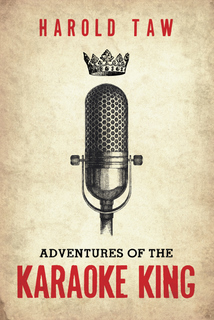
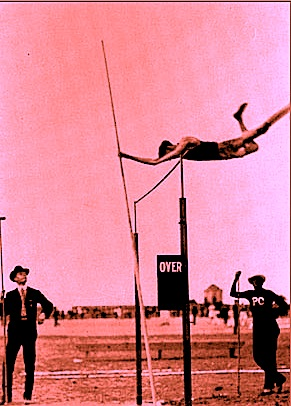

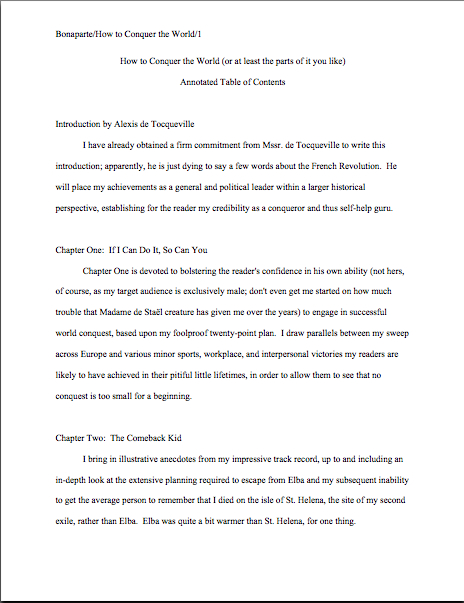
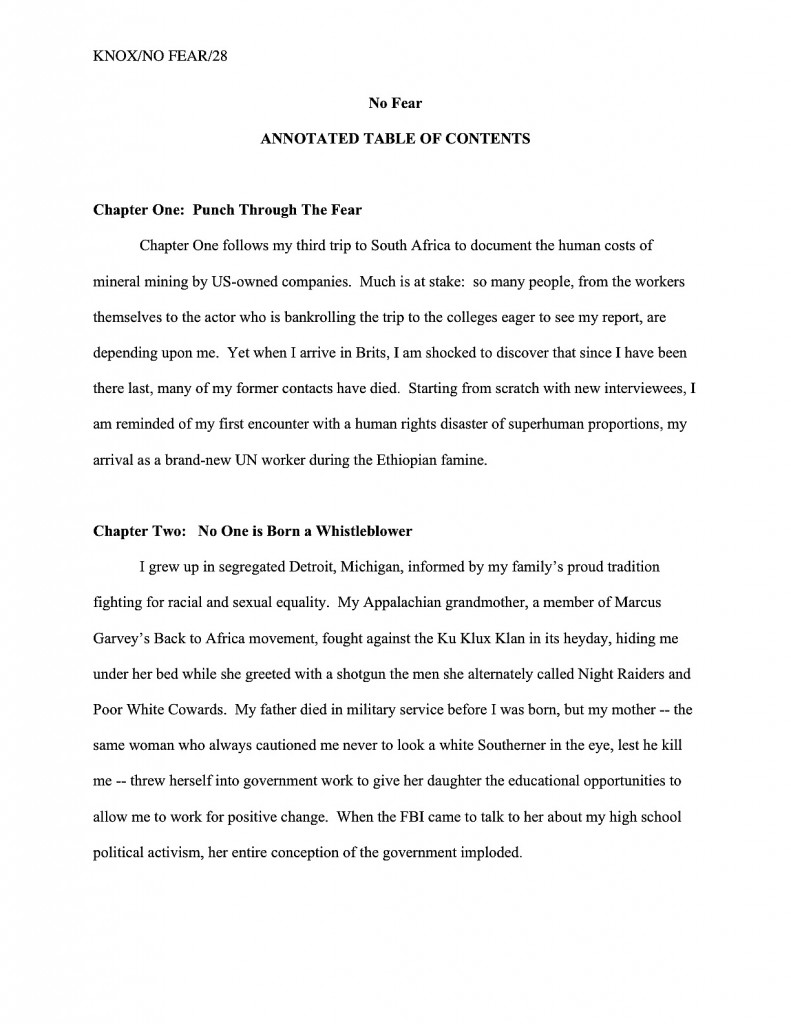

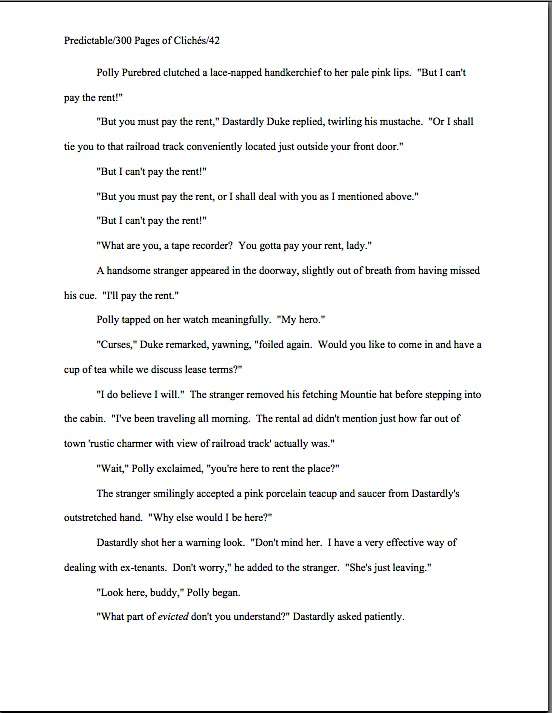
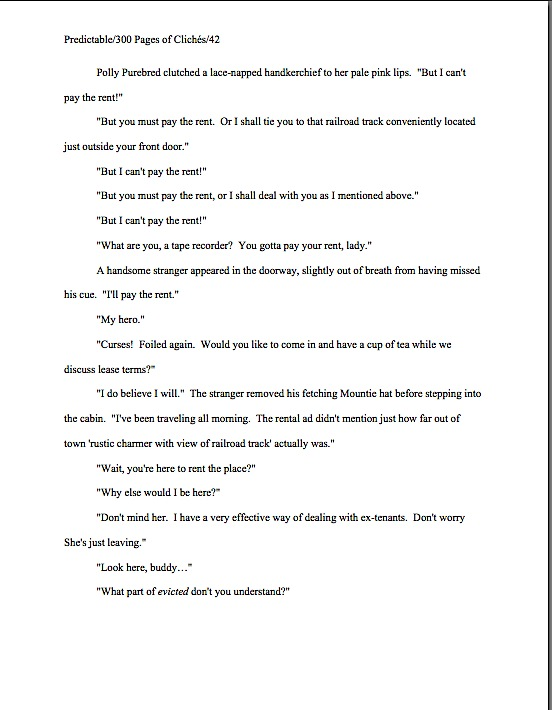



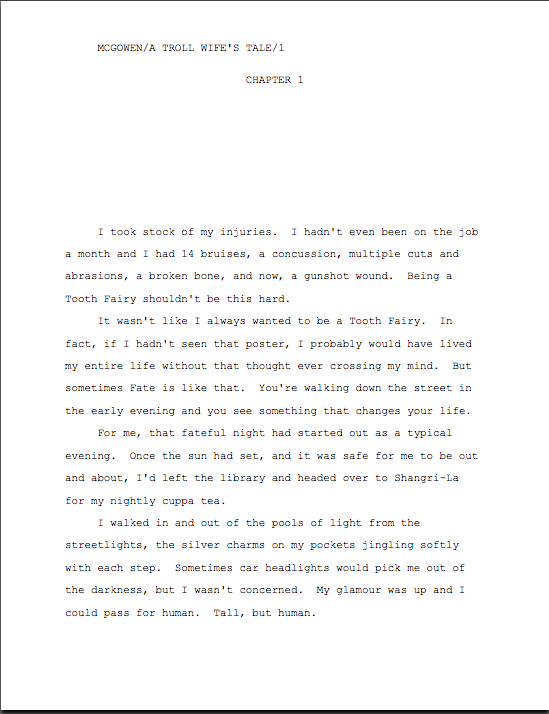
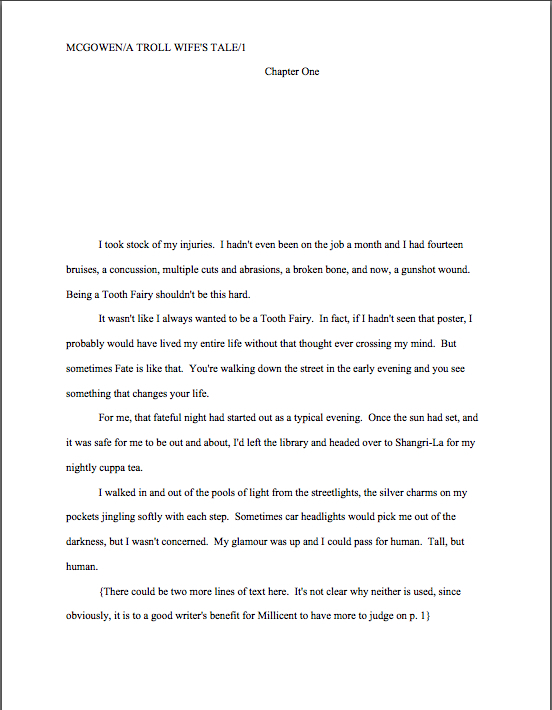
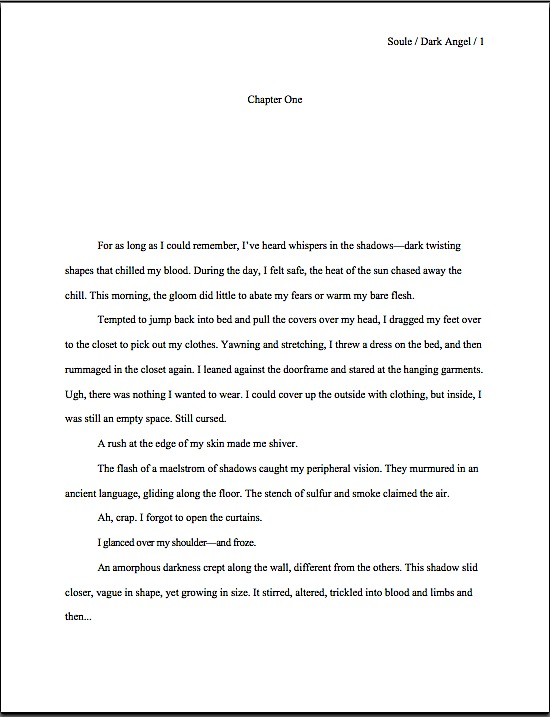
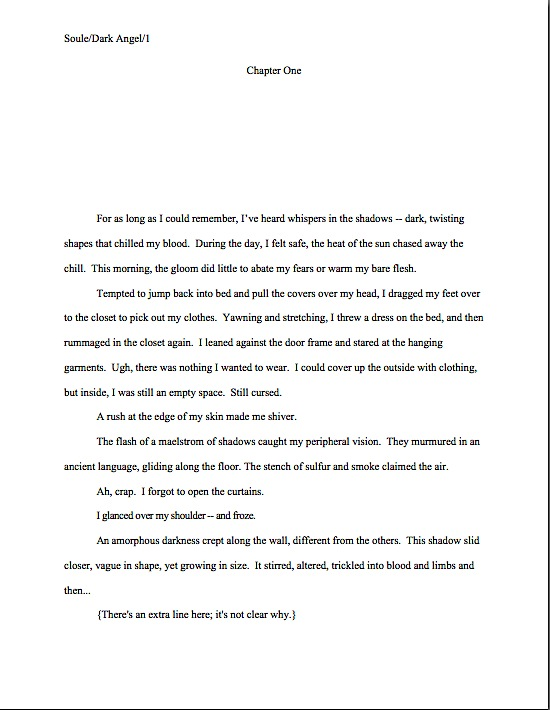
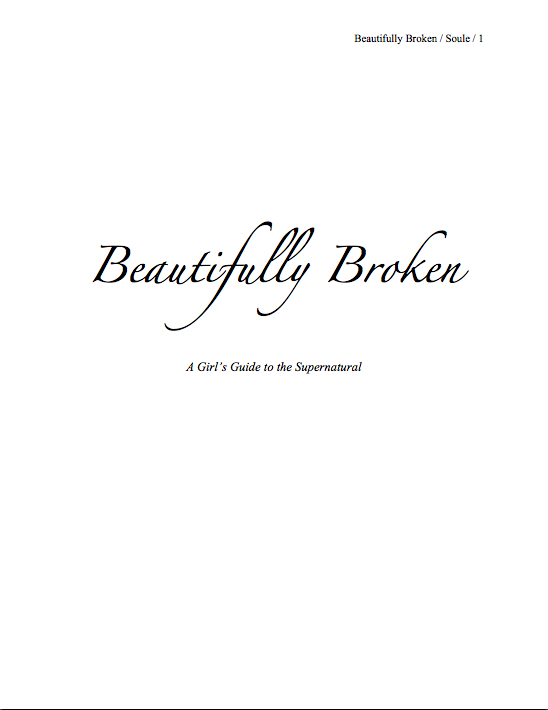
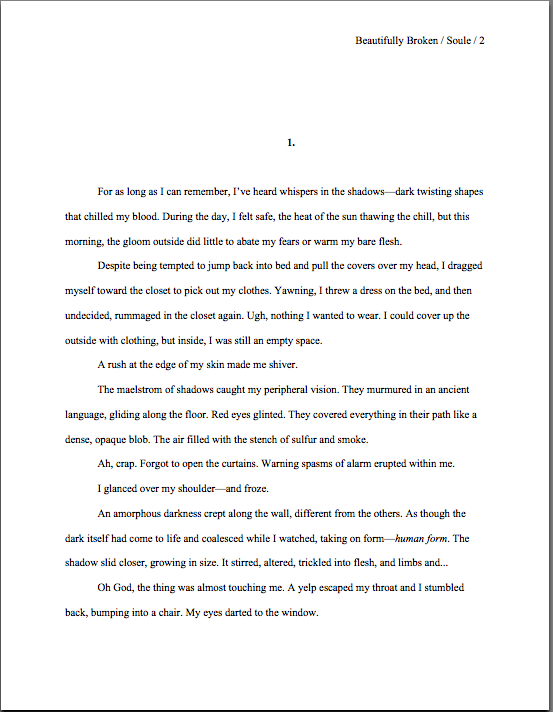
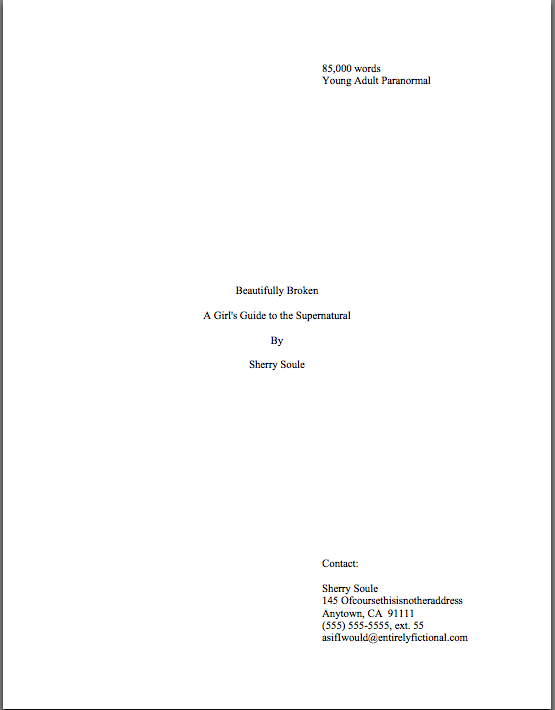
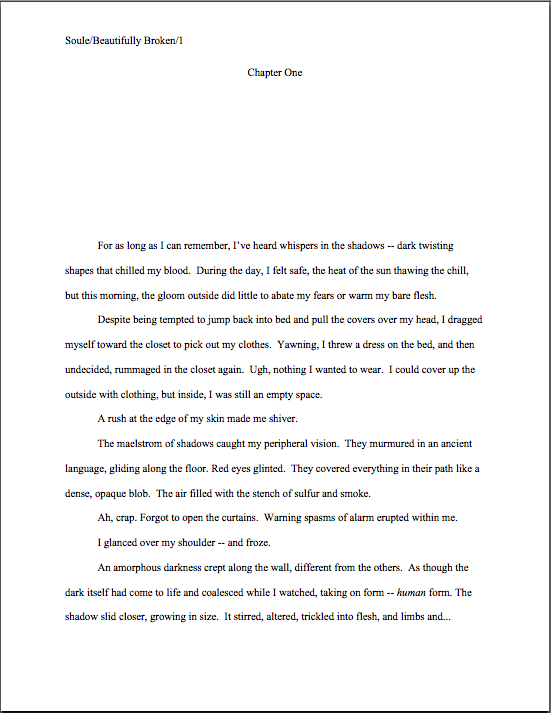
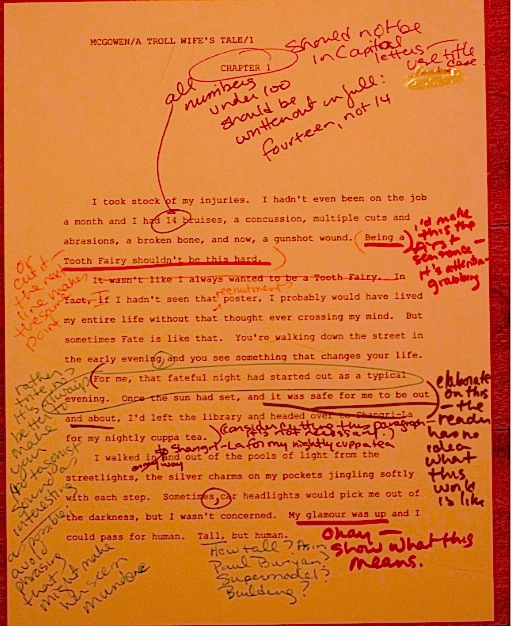
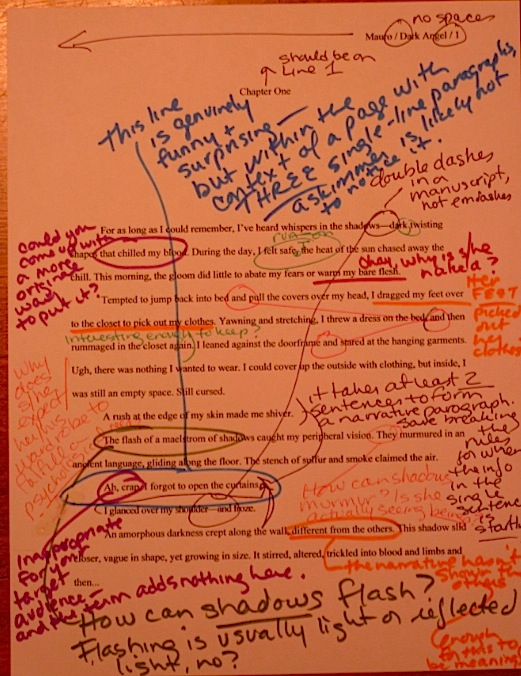

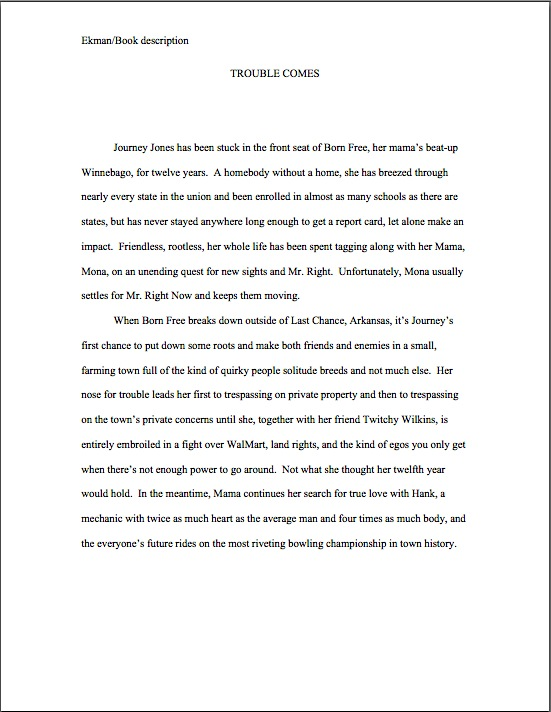
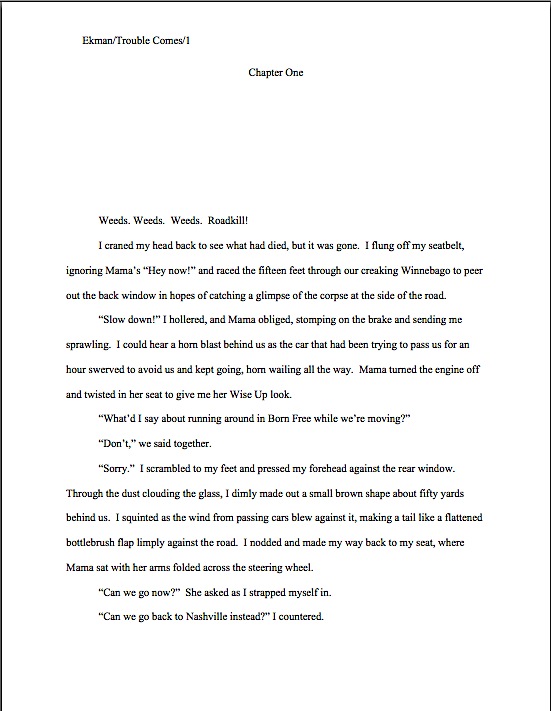
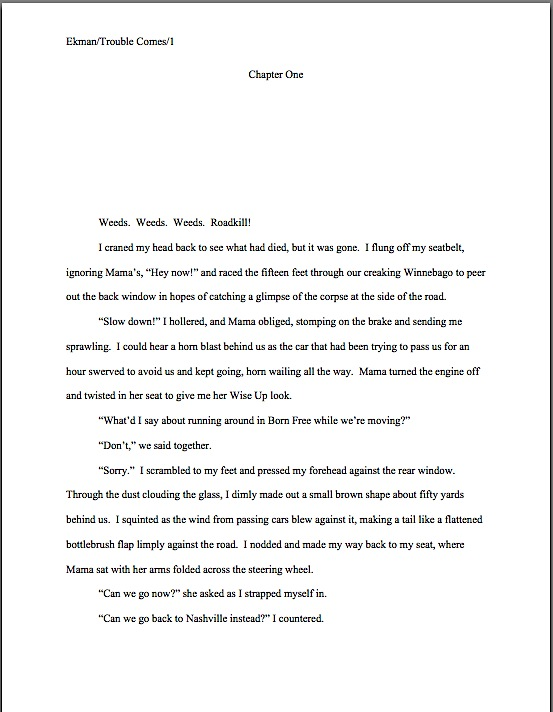
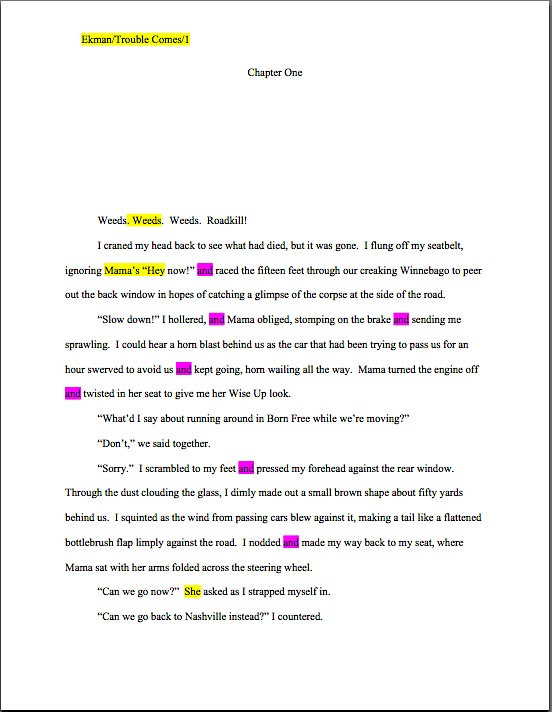
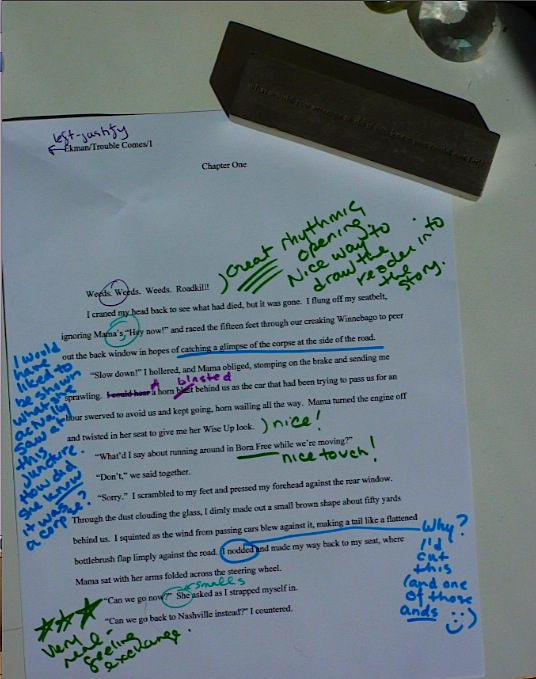

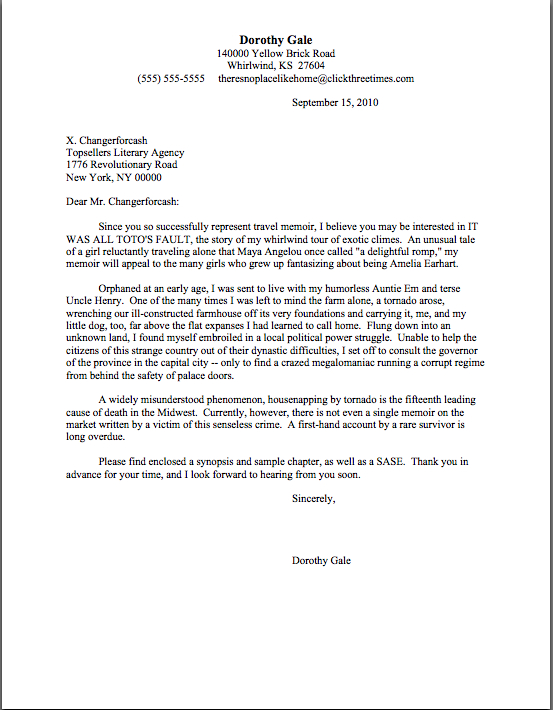
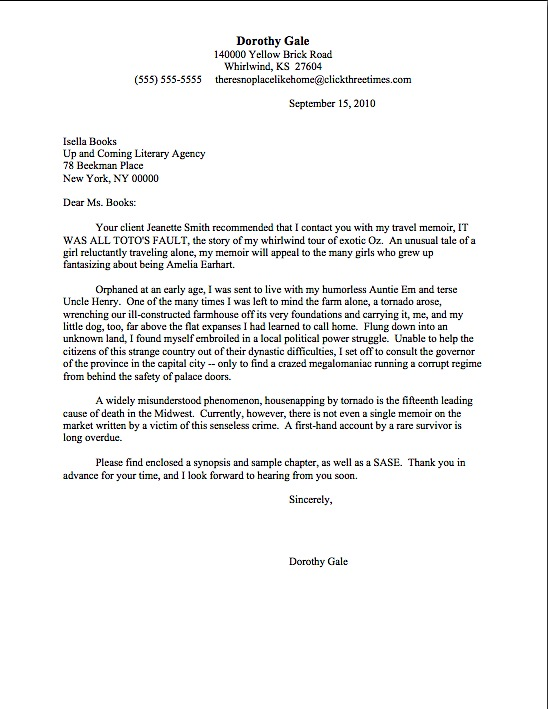
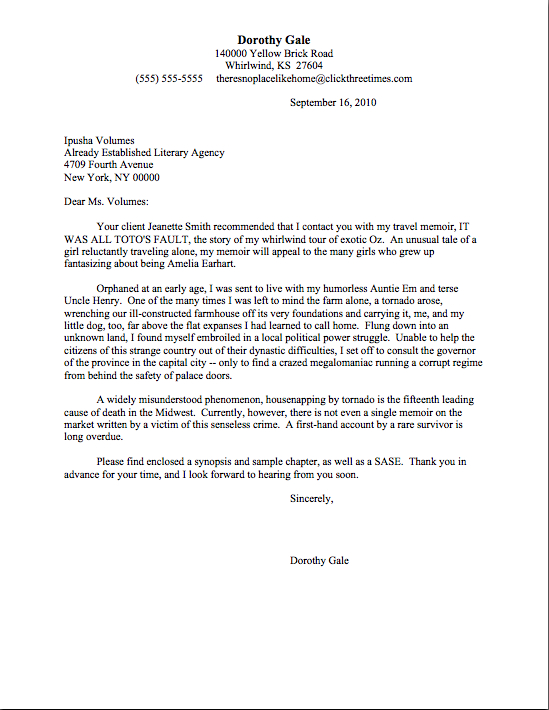
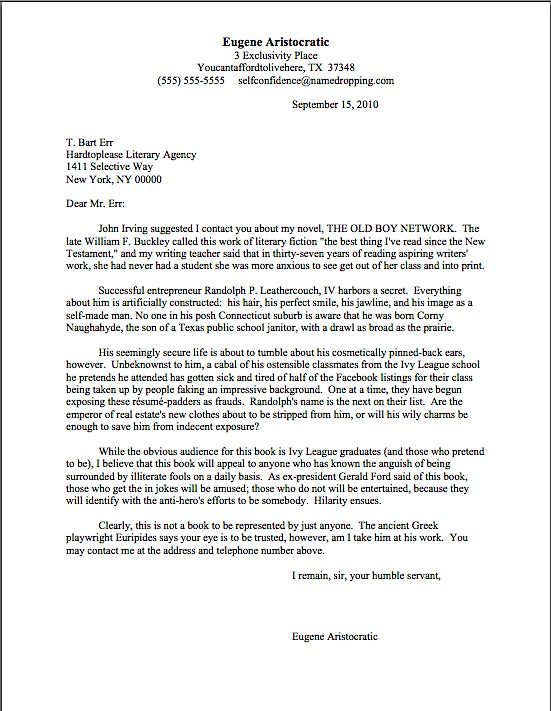
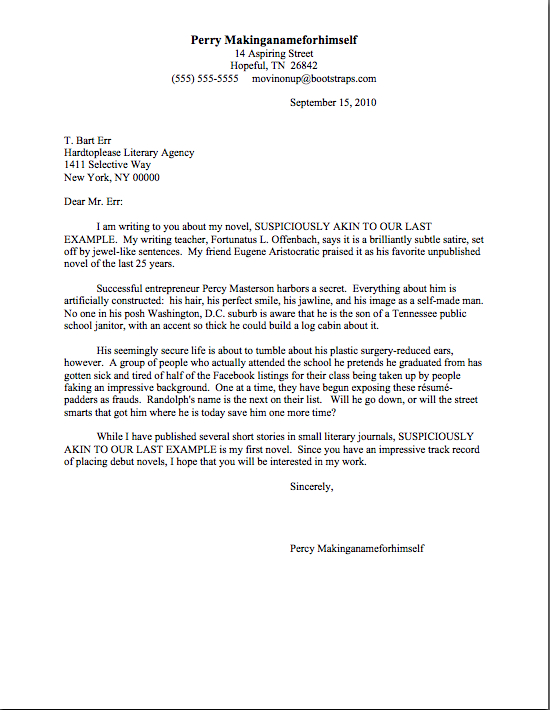

 No matter how many pages or extra materials you were asked to send, do remember to read your submission packet IN ITS ENTIRETY, IN HARD COPY, and OUT LOUD before you seal that envelope. Lest we forget, everything you send to an agency is a writing sample: impeccable grammar, punctuation, and printing, please.
No matter how many pages or extra materials you were asked to send, do remember to read your submission packet IN ITS ENTIRETY, IN HARD COPY, and OUT LOUD before you seal that envelope. Lest we forget, everything you send to an agency is a writing sample: impeccable grammar, punctuation, and printing, please.
 No matter how many pages or extra materials you were asked to send, do remember to read your submission packet IN ITS ENTIRETY, IN HARD COPY, and OUT LOUD before you seal that envelope. Lest we forget, everything you send to an agency is a writing sample: impeccable grammar, punctuation, and printing, please.
No matter how many pages or extra materials you were asked to send, do remember to read your submission packet IN ITS ENTIRETY, IN HARD COPY, and OUT LOUD before you seal that envelope. Lest we forget, everything you send to an agency is a writing sample: impeccable grammar, punctuation, and printing, please.


